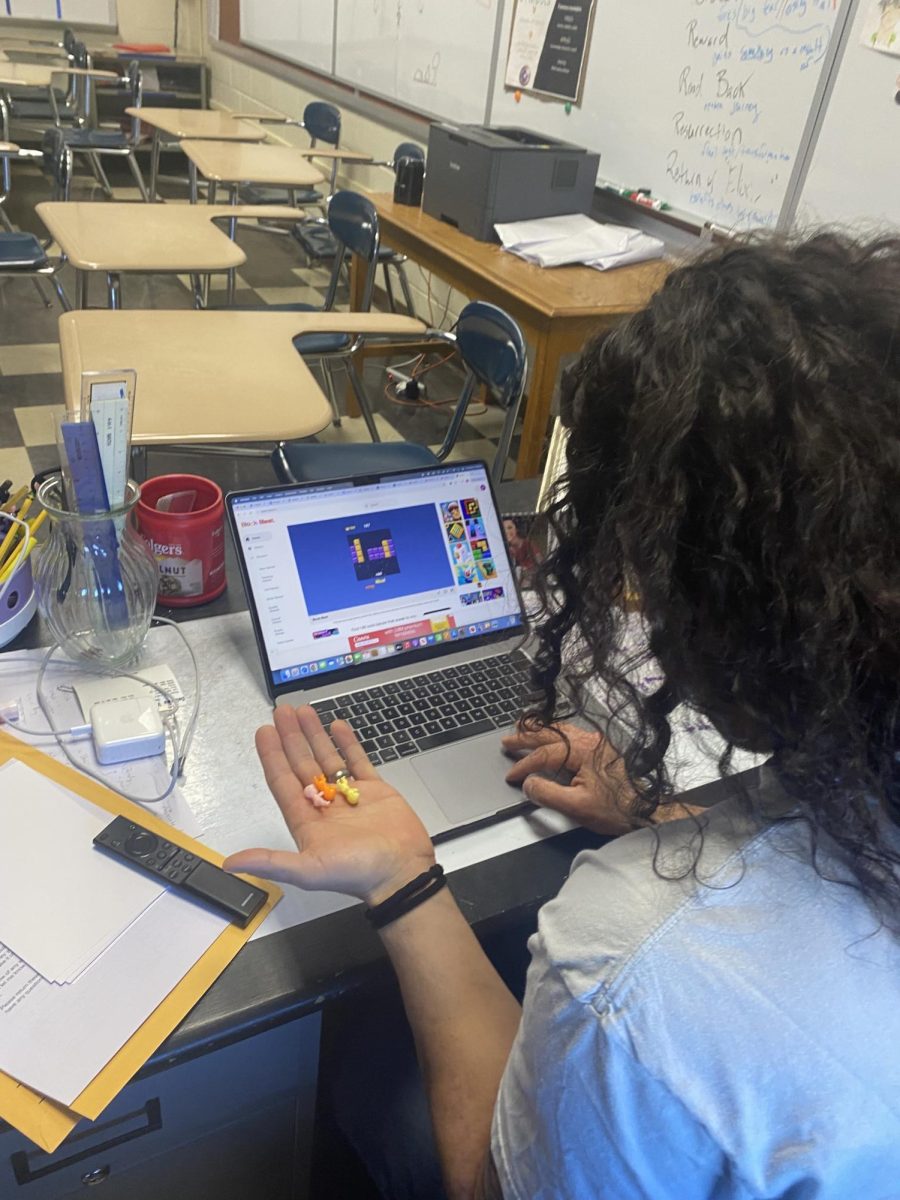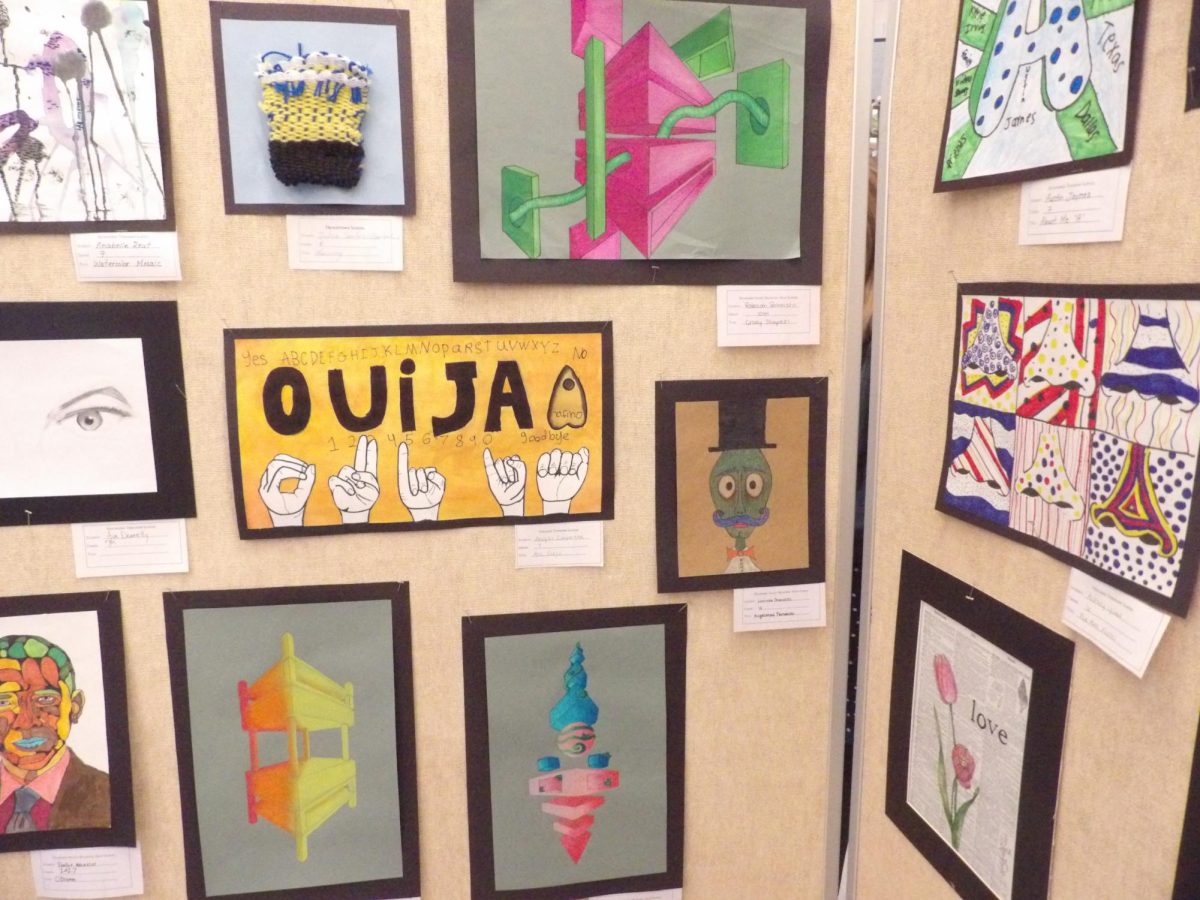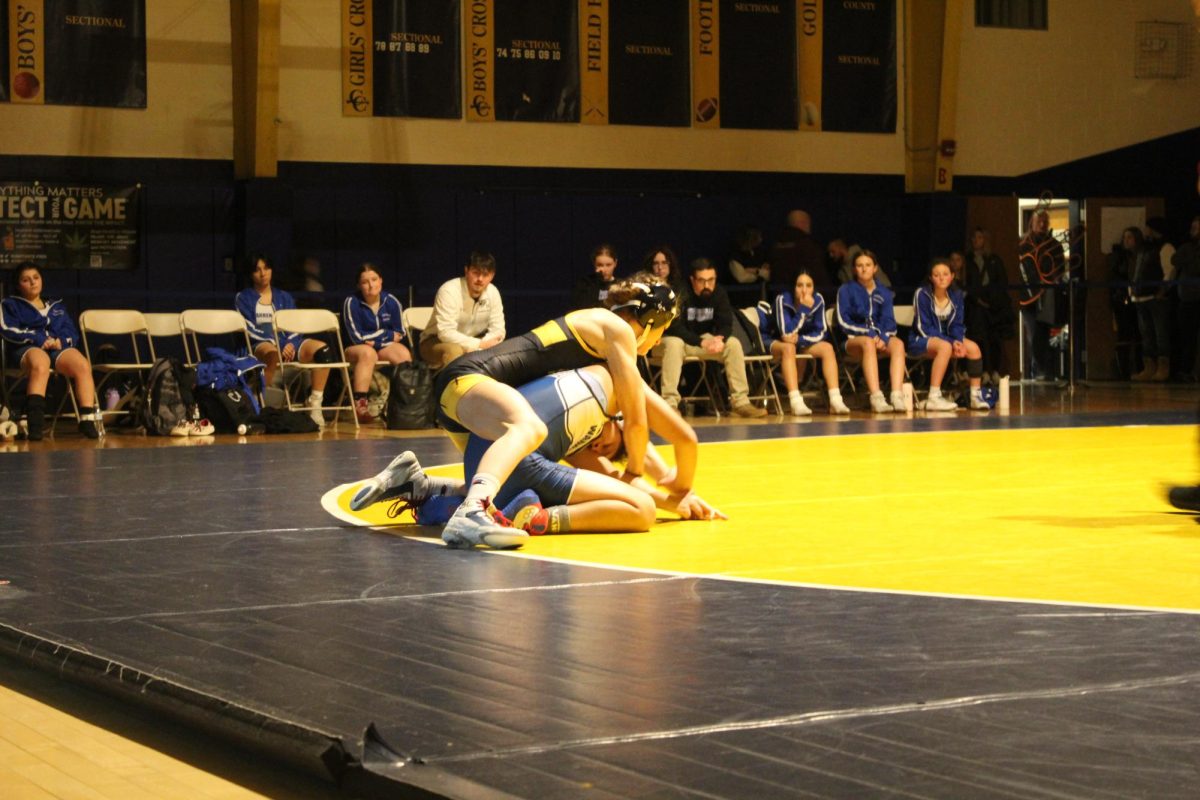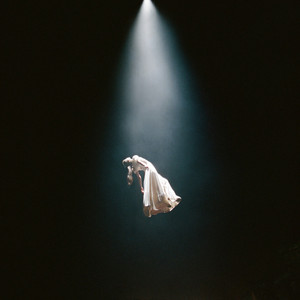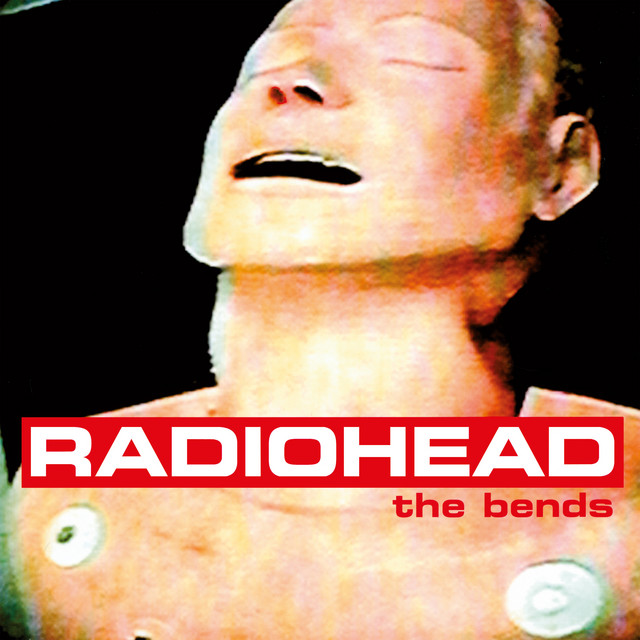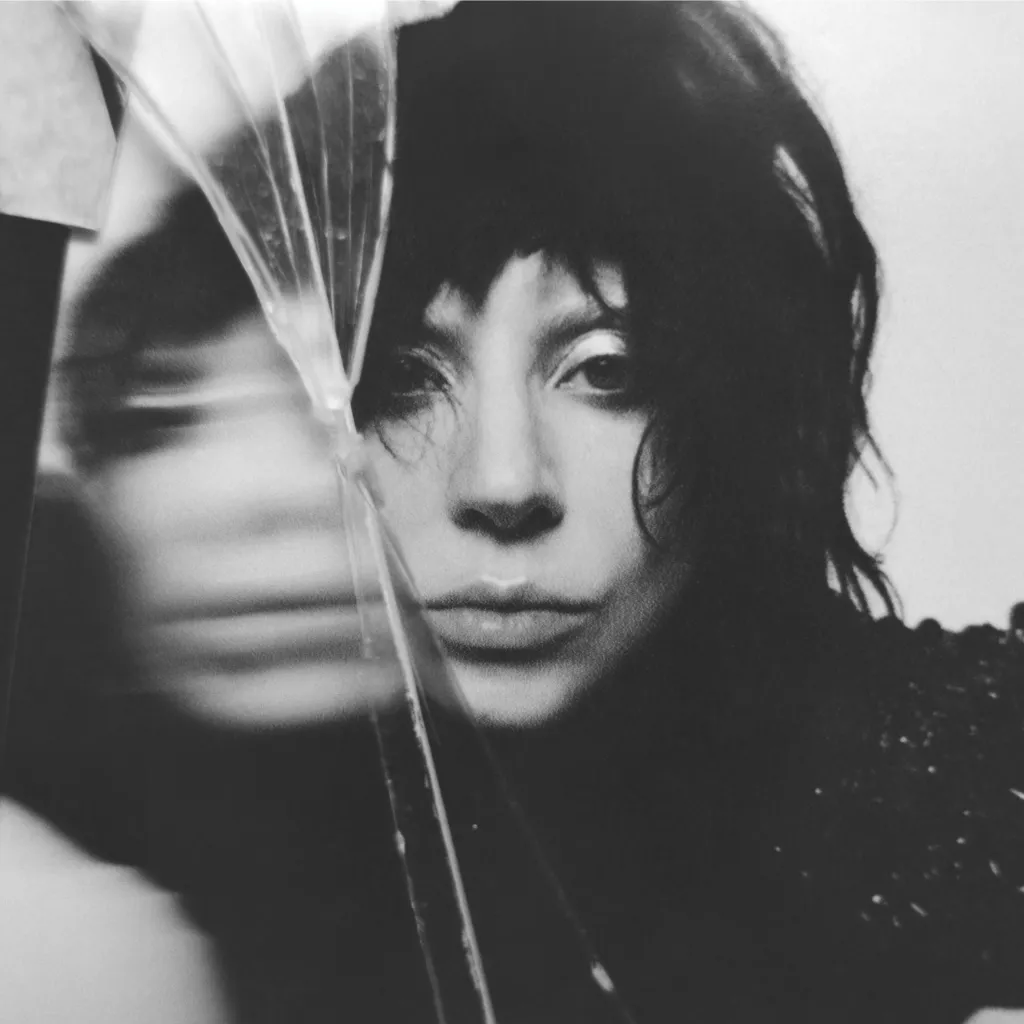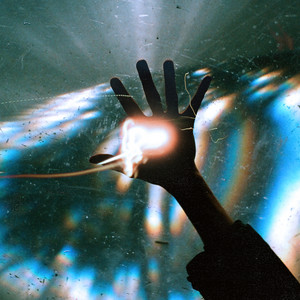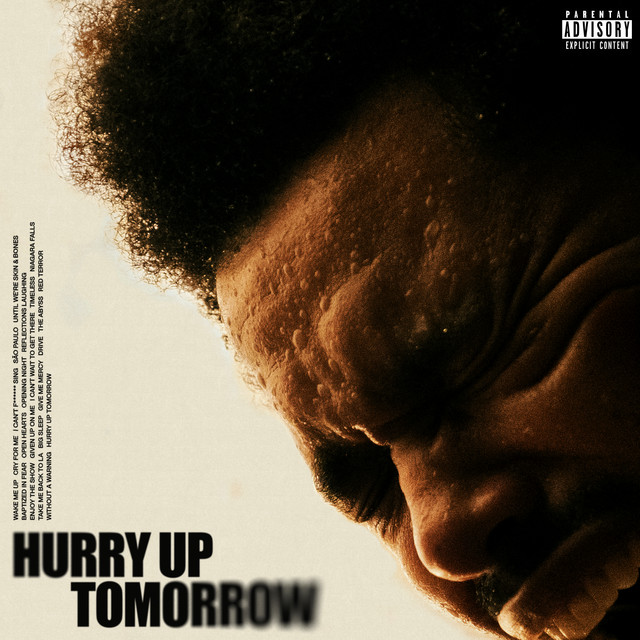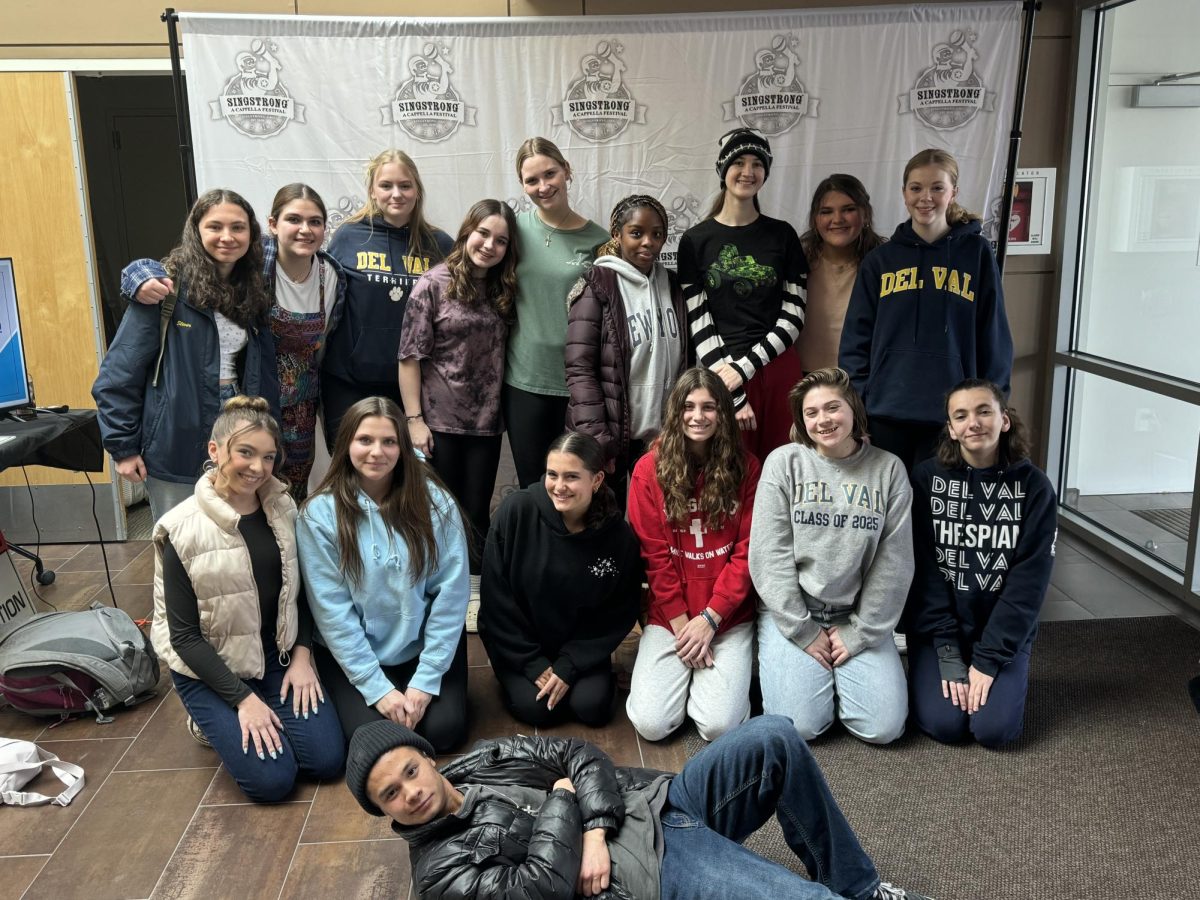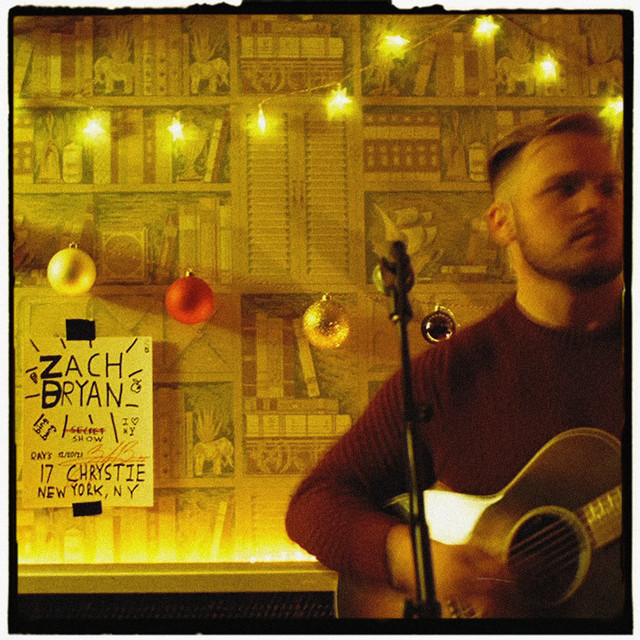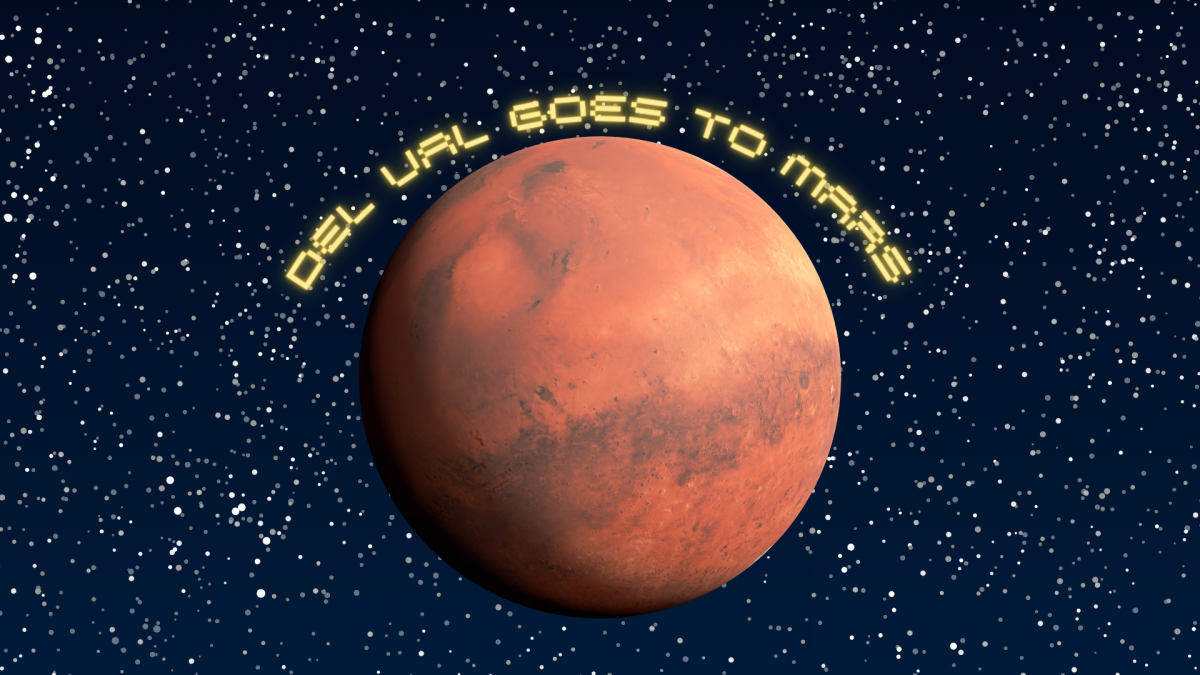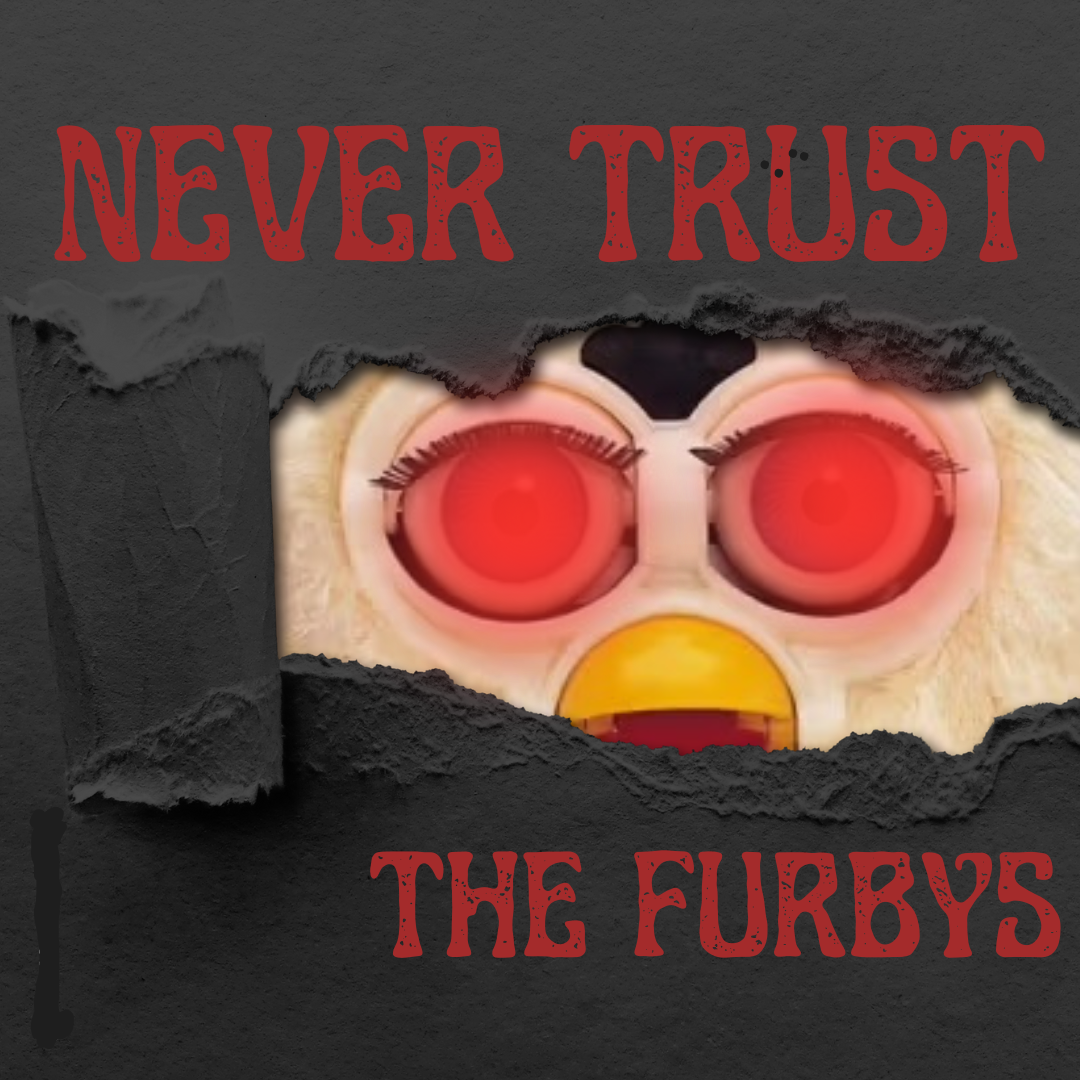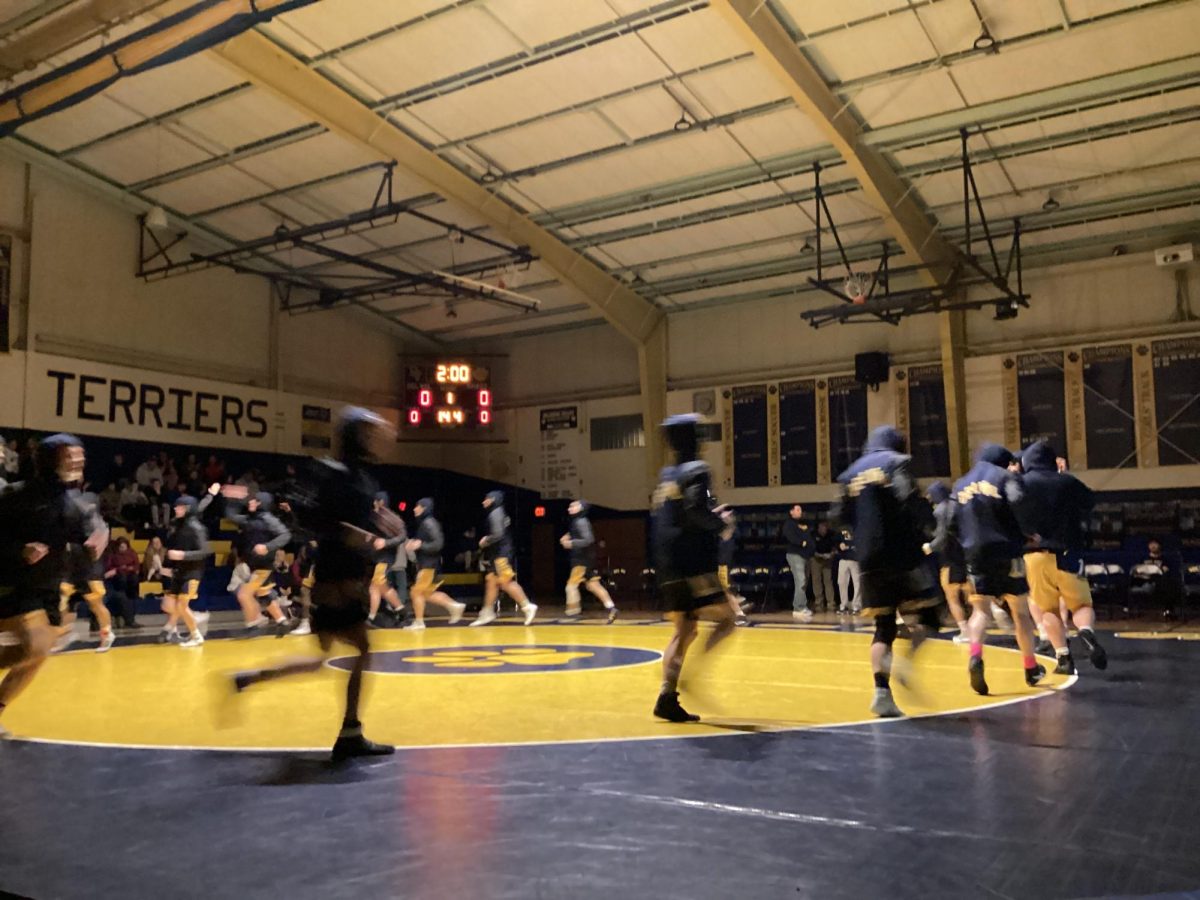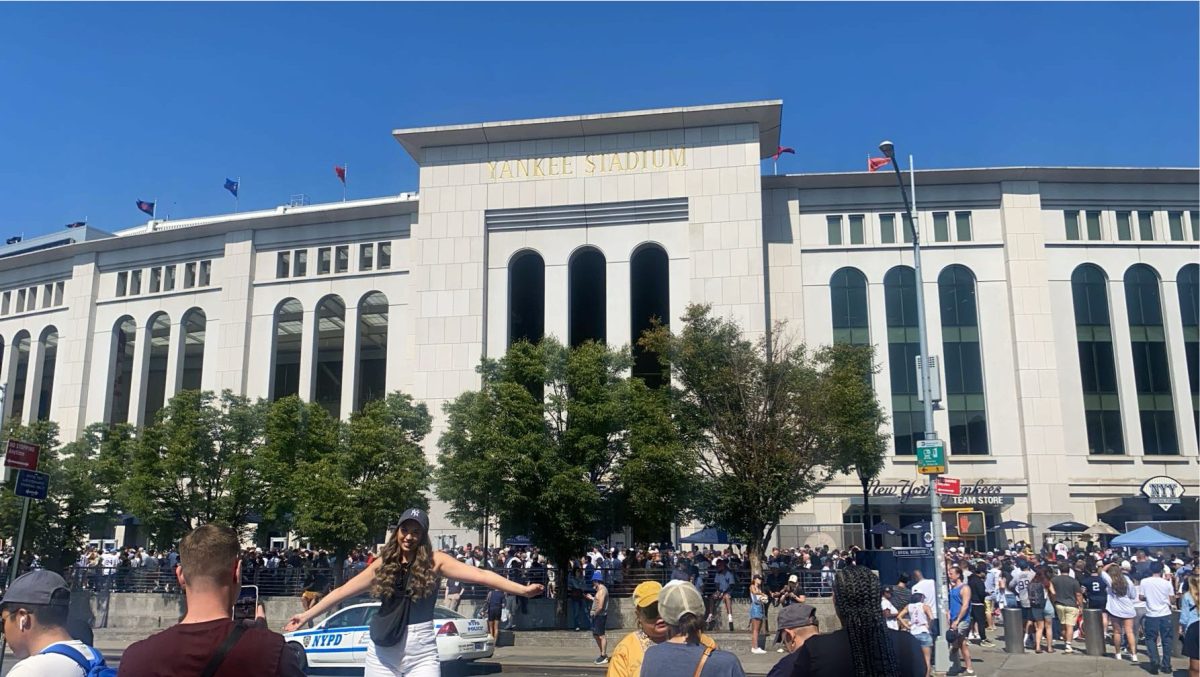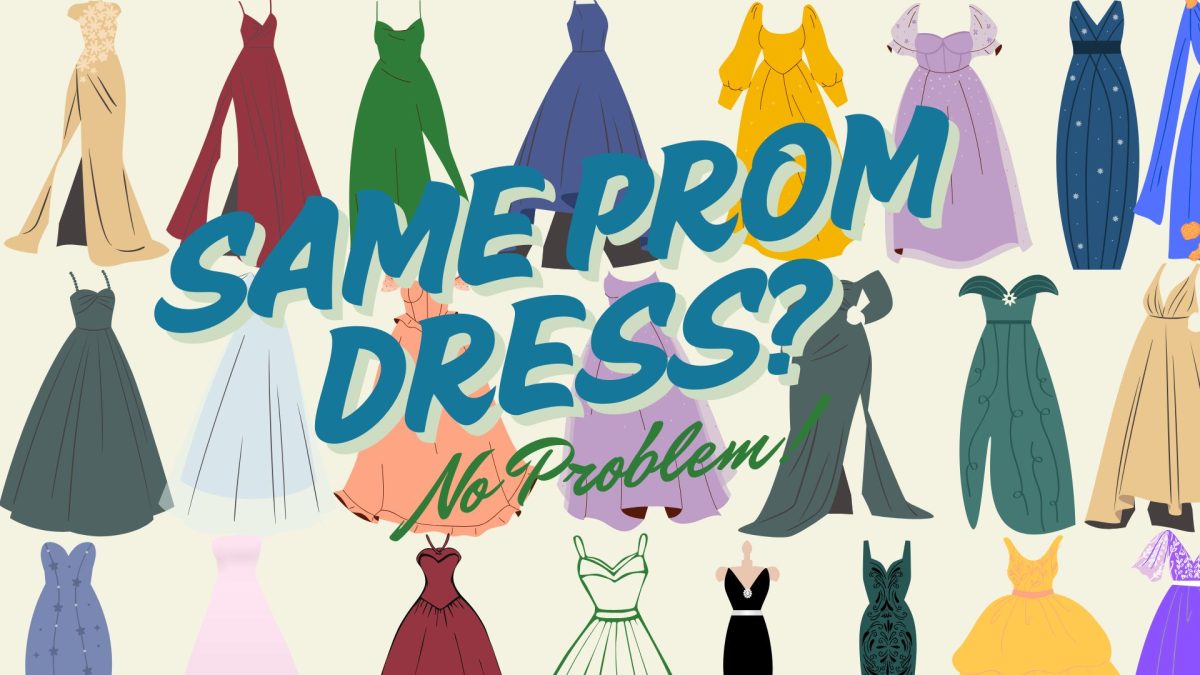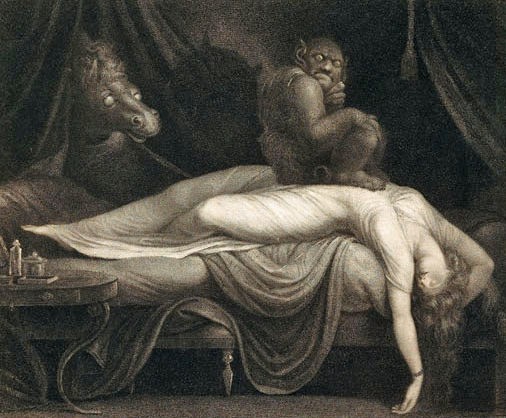Sleep paralysis: A phenomenon
February 26, 2019
You wake up in a dark room and open your eyes. You try to move your feet to get out of bed but realize you can’t. Unable to move your body, you begin to panic and your breath shortens. You hear voices and see horrific apparitions while breaking out into a cold sweat. All of a sudden, your terror-stricken body begins to move and it’s all over.
What was this terrifying phenomenon that you just experienced? This experience is called sleep paralysis and about 8% of the population have experience it at least once. Sleep paralysis occurs when you become conscious before your brain fully wakes up. According to LiveScience, during REM (Rapid Eye Movement) the muscles in the body are “turned off” while the brain is active. This process ensures that people won’t react to their dreams while they sleep. The individual can even experience hallucinations and hear things when in this state of “sleep.” Sleep deprivation, sleep apnea, certain medications, and various other disorders such as anxiety and depression are the leading causes for sleep paralysis.
Genetics are also a factor, as was proven in a recent study where “researchers asked a group of more than 800 twins and siblings whether they had experienced sleep paralysis,” claims LiveScience. Although the occurrence is frightening and even distressing, in many cases sleep paralysis is not harmful or dangerous. However, in some cases it is suggested that people who experience it should visit a doctor.
Throughout history, the phenomenon of sleep paralysis has helped spark many myths in different cultures around the world. These myths have been inspired by the myriad of misconceptions about the causes of sleep paralysis. In China, it’s known as “Ghost Depression,” while in Turkey sleep paralysis is called “The Dark Presser.” According to the New York Times, “Europeans seem to have interpreted ancient sleep paralysis as assaults or abductions by witches taking them off for a forcible ride on a broomstick.” One of the most popular sleep paralysis myths was that an incubus demon sat on the chest of a sleeping person. Another popular myth is that the sleeper is being abducted by aliens. Sleep paralysis has affected cultures not only by sparking scary stories, but by bleeding into art and literature. The painting The Nightmare by Henry Fuseli in 1781 depicted an incubus holding down a woman’s chest, a representation of the phenomenon.
Although only a slim percentage of the population has experienced sleep paralysis, it has impacted a multitude of people around the globe, even entire cultures. So, if you ever feel paralyzed in your sleep, remember there’s no need to weep. It’s just sleep paralysis! Don’t forget to comment down below if you’ve ever experienced sleep paralysis!





